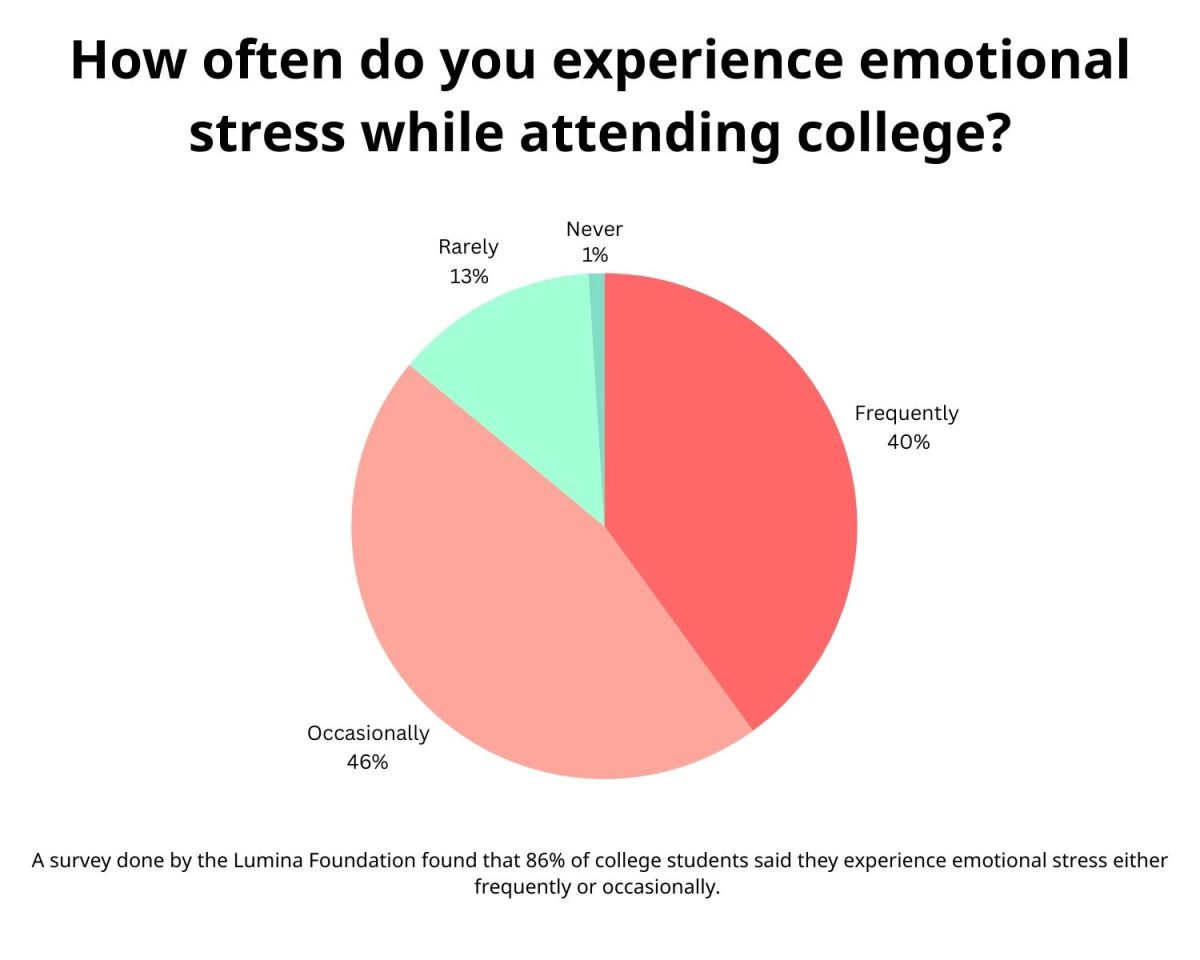What do we know of the literature of classical antiquity? Such works as the “Aeneid,” the “Republic” and “Ars Poetica” spring to mind. But, soberingly, this pantheon of great literary pieces is more like a greatest-hits list than an exhaustive catalog, for those writings meant for short-term use and subsequent destruction — the notes scrawled across a wax diptych, for instance, or pieces deemed not up to snuff and thus not dutifully copied and preserved — have faded into oblivion. Except sometimes a few intriguing morsels of this throwaway record survive via coincidence and the permanence of stone, such as in bits of Roman graffiti, etched for a few moments’ giggles.
The 21st century has its own array of throwaway cultural products, but now, due to the enormous storage capacity inherent in computer technology, the archives of the internet bear testimony to decades’ worth of digital culture. Canned motifs of background music, the sounds produced by now-outdated and discarded pieces of software and the clumsily-rendered, computer-generated imagery from the internet’s early days have receded somewhat into the past but are etched immutably in digital stone. Beginning in 2010, artists began to dig up and sift through these obsolescent internet etchings, cementing them into a new musical microgenre: Vaporwave.
Vaporwave, using the common musical suffix “-wave” with a reference to the ephemeral nature of the discarded samples, primarily harvests bits of Muzak (elevator music), popular music from the 1980s and 1990s, old television commercial jingles and electronic glitch sounds, liberally distorting them in a way which makes the familiar seem uncanny and eerie, as Laura Glitsos notes in her 2018 article in Popular Music. Smooth jazz saxophone, slowed and pitched down and drowning in its own reverb? An ’80s pop hit careening in and out of intelligibility? A harsh drone of static overlaid with consumerist messages? You will find all three, and quite a bit more, in Vaporwave.
Sharon Schembri and Jac Tichbon, in their Arts and the Market article, summarize this distortive irony: “The essence of Vaporwave began with distortion of music reminiscent of 1980s and 1990s,” and “juxtaposes distorted artefacts of consumerism with the symbolic freedom of digital and virtual technology.”
The most widely-known Vaporwave album, Floral Shoppe, pseudonymously produced by Macintosh Plus, combines warped pop tunes, notably Diana Ross’ “It’s Your Move,” with sampled, glitchy drones. The album artwork is a postmodern amalgamation of disparate images: a bust of Greek deity Helios sits in a field of digitally-rendered pink and black checkered floor, mixing with mint-green Japanese text and a blurry city skyline lit up in dusky orange. While not the first cultural product which could be labeled Vaporwave, Floral Shoppe succinctly encapsulates the genre’s fundamental “recontextualization based on the juxtaposition of obsolescent images,” according to Karla Zavala Barreda of Academia.
Vaporwave is not shy about its dependence on nostalgia. There is something eminently familiar about computer sounds, popular music and early-internet imagery. But this nostalgia is not simply a warm and fuzzy rehash; it can be distinctly dark and satirical.
The album Corporate Mixtape, produced by Cat System Corp. & Donovan Hikaru in 2015, creates a bright and futuristic atrium of sound. The rows of white desks in this cavernous corporate edifice are aseptically clean, and office drones are kept complacent with a stream of bland elevator music, at times overlaid with corporate mantras like “balance, focus, control.” The atmosphere is soulless and synthetic, casting a skeptical eye on capitalist conformity and sterile, cold work environments.
One subgenre within the already-niche world of Vaporwave, Mallsoft, consists of particularly atmospheric music which recreates the sonic experience of shopping malls. Cat System Corp.’s Palm Mall smells of chlorine from the blue-tiled mall fountains. The distant hum of other shoppers’ activity blends with pleasingly bland background music and notifications of enticing sales and discounts. The shopping mall is a temple to consumer capitalism if there ever was one, and it is perhaps in Mallsoft that Vaporwave reaches its ironic zenith. There is something so pleasant and warm about shopping malls, but maybe only because our society has normalized the fetishization of shopping. Decadence, excess and an abundance of cheap, imported goods with baked-in obsolescence form the dark and dirty foundation of the gleaming linoleum gallerias above. It is more fun not to think about it and more comforting to be lulled into familiar consumerism by the manipulatively satisfying music.
There is something to be celebrated in the throwaway harmonies of decades past. Vaporwave helps us do just that, but even while it places those rose-tinted spectacles firmly on our faces, it turns us to the darkness and emptiness underlying the cozy, Muzak-bathed facade.






